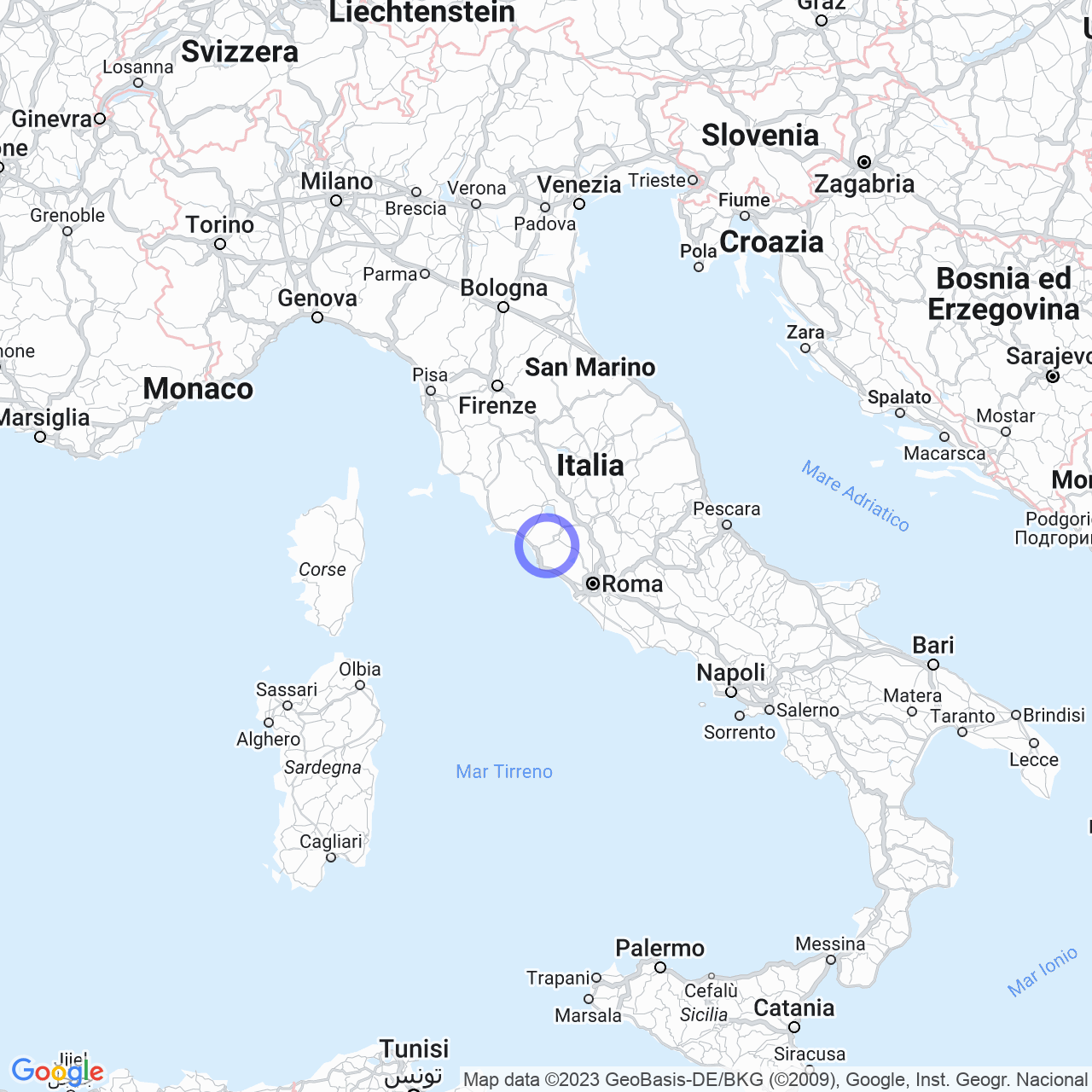Monte Romano
Welcome to Bassano Romano
Hello everyone! Are you ready to explore a small gem in Lazio? Today I want to talk to you about Bassano Romano, a municipality of about 4,568 inhabitants located in the province of Viterbo.
Physical Geography

Territory
The town is located at an altitude of 360 meters above sea level and is situated between Lake Bracciano and Lake Vico, both of volcanic origin. The terrain is mainly hilly and surrounded by lush vegetation. You can admire centuries-old trees such as beech, chestnut, and oak. During the summer, the climate is perfect to relax and enjoy the fresh and healthy air.
Climate
For meteorology enthusiasts, I can anticipate that Bassano Romano is classified as zone D, with a value of 2060 GR/G.
History
Origins
Bassano Romano has ancient origins dating back to the year 1000 when the first urban settlements began to form, taking advantage of the natural resources of the territory. In 1160, Enotrio Serco, a wealthy landowner, decided to build a princely palace decorated with frescoes by illustrious artists.
Noble families
In 1482, Pope Sixtus IV assigned the "Foedus Bassani" to the Roman patrician family Anguillara. However, the real growth of Bassano Romano took place only from 1595. In that year, the Genoese family Giustiniani (from the De Banca branch), successful merchants, obtained a concession from Pope Clement VIII and became owners of Bassano.
Artists and cultural protection
During this period, Bassano Romano attracted a large number of artists, including Francesco Albani, Domenico Zampieri, and Antonio Tempesta. In 1605, Bassano was elevated to marquisate, and the construction of a hunting lodge, granaries, a church (that of San Vincenzo), and the Vaschie bridge began. In 1644, thanks to a bull of Pope Innocent X, the fief of Bassano became a principality, with the consequent visit of popes and princes, including James III Stuart, pretender to the throne of England.
In 1735, the master of artistic majolica Bartolomeo Terchi moved to Bassano Romano with his family. Unfortunately, Bassano had to face numerous epidemics in 1709, in 1770, and in 1786. In 1799, during the Roman Republic created by Napoleon's French, Bassano Romano was the scene of clashes between the insurgents and Nazi occupation forces during World War II.
Changes
In 1854, the principality of Bassano passed from the Giustiniani family to the Odescalchi. In 1964, the town changed its name from Bassano di Sutri to Bassano Romano.
Symbols
The coat of arms of the town features a band with the capital letter "P".
Conclusions
Bassano Romano is the perfect place to enjoy nature and history. With a hilly terrain full of typical vegetation, it is perfect for walks and excursions where you can discover the beauty of a unique territory. I hope this overview has given you an in-depth look at the beauties of Bassano, so as to fully appre
